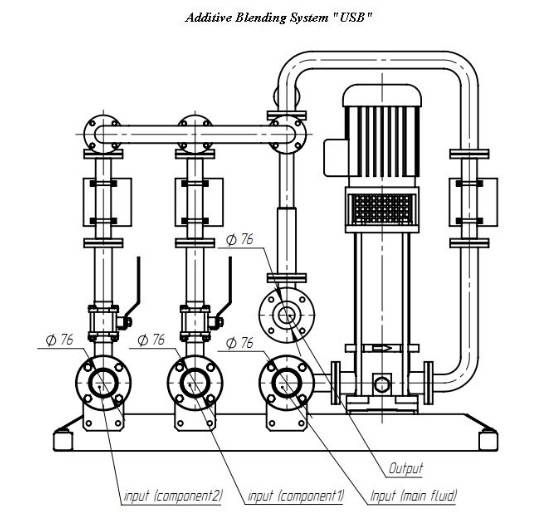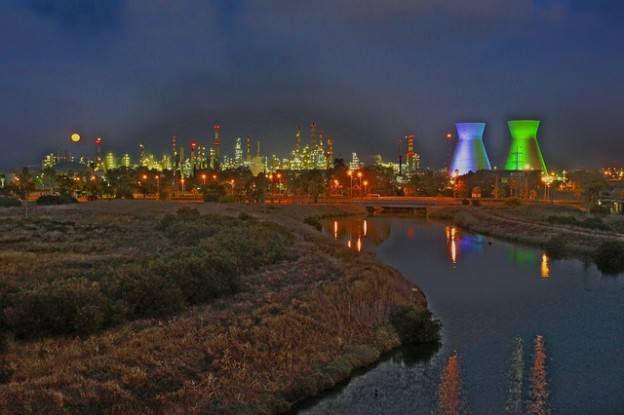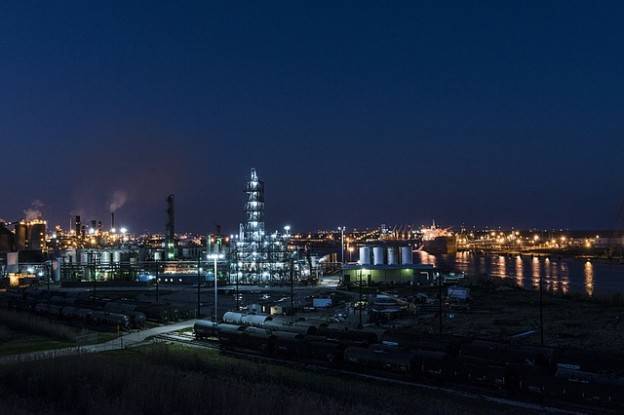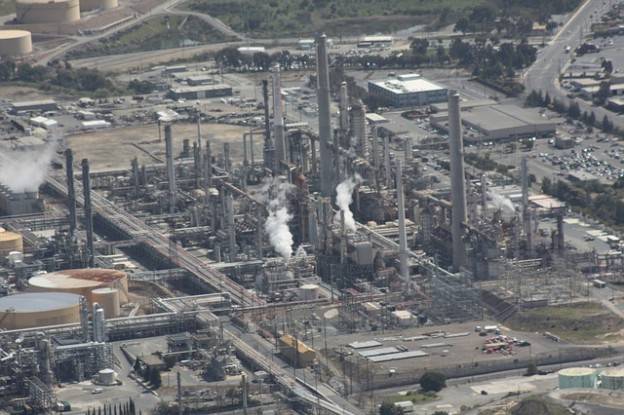Purification of diesel fuel is a rather important issue today, since poor quality diesel fuel may cause the whole fuel system to fail. Obviously, the desired effect should be produced with the minimum of financial resources. The following is a review of inexpensive diesel fuel purification methods.
Quality of diesel fuel should be observed regularly, and the fuel should be purified in time by removing small solid particles. This allows to prevent potential problems for the fuel system.
In general case, diesel fuel can be purified by physical methods and a combination of physical and chemical processes.
A mesh filter is a partial solution. It can capture particles larger than 80 micron. If the particles are smaller, they can pass through the filter unobstructed, and will still cause contamination of the fuel.
Filtration is an important physical method, because it allows to remove dust, which can enter the fuel tank at the filling station. Presence of dust in the fuel causes insufficient supply to the combustion chamber and reduces engine power. Simple filters are made in the form of a case containing a filtering element. More complex filters can capture water, which allows to improve diesel fuel performance.
However, such filters require increased attention, since they cannot let fuel through when they are saturated with water. Unpurified fuel passes around the barrier, which may cause failure of the fuel system and the engine.
Separation is different from filtration in terms of increased reliability. If the fuel is heavily contaminated, regular filters cannot entirely purify it. In this case separators are used. These systems can remove contaminants from the fuel, and the quality of purification does not depend on the amount of the undesired substances. Much like filters, separators can remove both solid particles and water from the fuel, but the design of such systems is much more complex.
The principle of operation divides separators into chemical and physical systems. They separate water and contaminants and remove them to the bottom of a purifier. To maintain operability of the separators, the bottom must be cleaned of the sediment from time to time.
While choosing the purification method, it should be noted that the purity of the processed diesel fuel may not always comply with the sensitivity of the fuel system.
In this case, proven and efficient equipment is in order. One such plant is GlobeCore’s UVR-450/6. This system removes hydrogen sulfide and unsaturated hydrocarbons, reduces the content of paraffin and sulfur. During processing, the fuel is lightened and stays light. The UVR-450/6 plant is reliable and simple to operate. Beside diesel fuel, it can process heavy fuel oil, gas condensate, and regenerate transformer, turbine and industrial oil.






